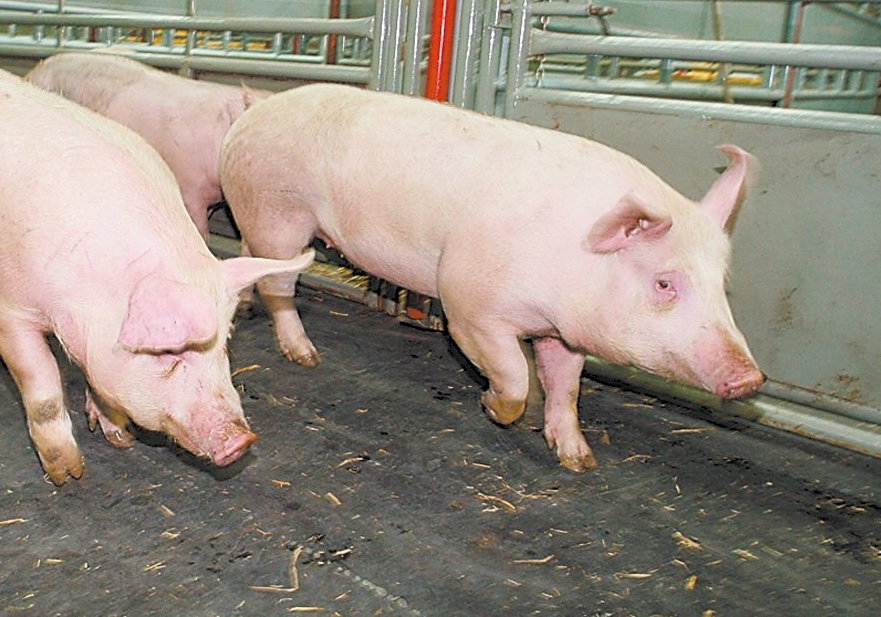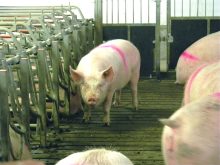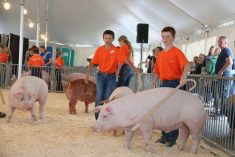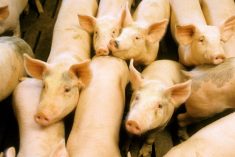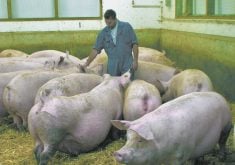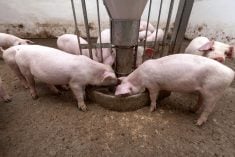It’s well known that hog barn staff turnover is a real headache for the operators, but it’s difficult for the pigs too.
If a hog operation can reduce annual staff turnover to 20 per cent or less, it can help pigs grow better, the workplace operate better and business returns improve, said a speaker at the Global Hog Industry Virtual Conference.
“Pigs respond well to consistency,” said Jon Hoek of Summit Precision Production.
“When we get systems that have 30, 40, 50 per cent turnover, that consistency can go.”
Read Also

Dissolving eartags could make pig traceability easier
A dissolving eartag for market hogs, called Clean Trace could reduce processing challenges and enable more individual management of pigs.
High turnover not only upsets scheduling and steady operations, but also sees skills disappear.
That affects how well pigs are served, and that affects their growth.
It also leads to higher costs of operation, with training time and less efficient actions hurting overall efficiency.
“These are hidden costs we don’t necessarily see … but they are real,” said Hoek.
“It becomes a ripple effect in a business.”
Hoek said personality analysis can reveal much about workers, including what motivates them, how they see things, and how they interact with other personality types.
Labour efficiency is much below its potential in many workplaces, with one study showing that 13 percent of workers are actively disengaged and only 34 percent actively engaged in their work. Most workers aren’t much inspired by what they are doing.
With the hog industry getting more high-tech and specialized, the need for skilled workers will grow.
Farmers with only a few employees might think they don’t need to worry about these sorts of labour issues, but the problem is not limited to the largest employers. Any business using a number of staff must get the best results from the workers if it wants to work well as a business.
“The size is not really the key,” said Hoek.

